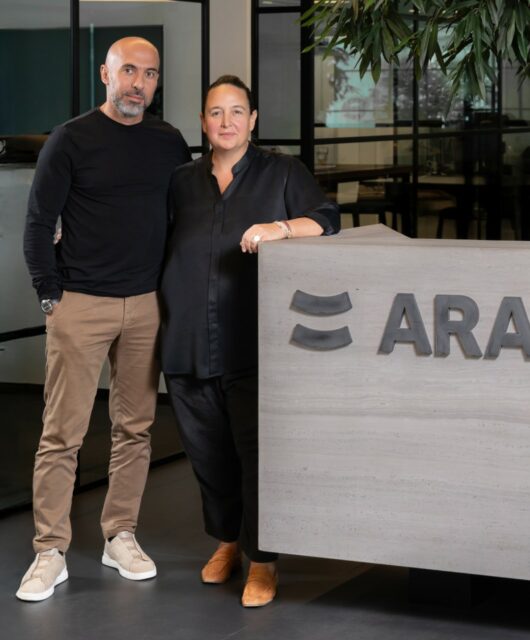 How clever designs, furniture, and layouts meet modern needs that are changing the entire workspace
How clever designs, furniture, and layouts meet modern needs that are changing the entire workspace
culture for good
By Roma Arora
Yesteryear’s boring and cubical offices are disappearing, giving room to open-plan setting and collaborative environment that encourages communication. The new generation of employees wants exciting offices that are colourful, flexible, functional, and ooze cool vibes. There has been a shift in what people define as a workspace. As technology has encouraged flexibility and connectivity from anywhere in the world, the traditional 9-5 office rules no longer apply. With these constant changes to the way we work, will offices still exist in 50 years’ time?
Employee’s well-being is the main concern!
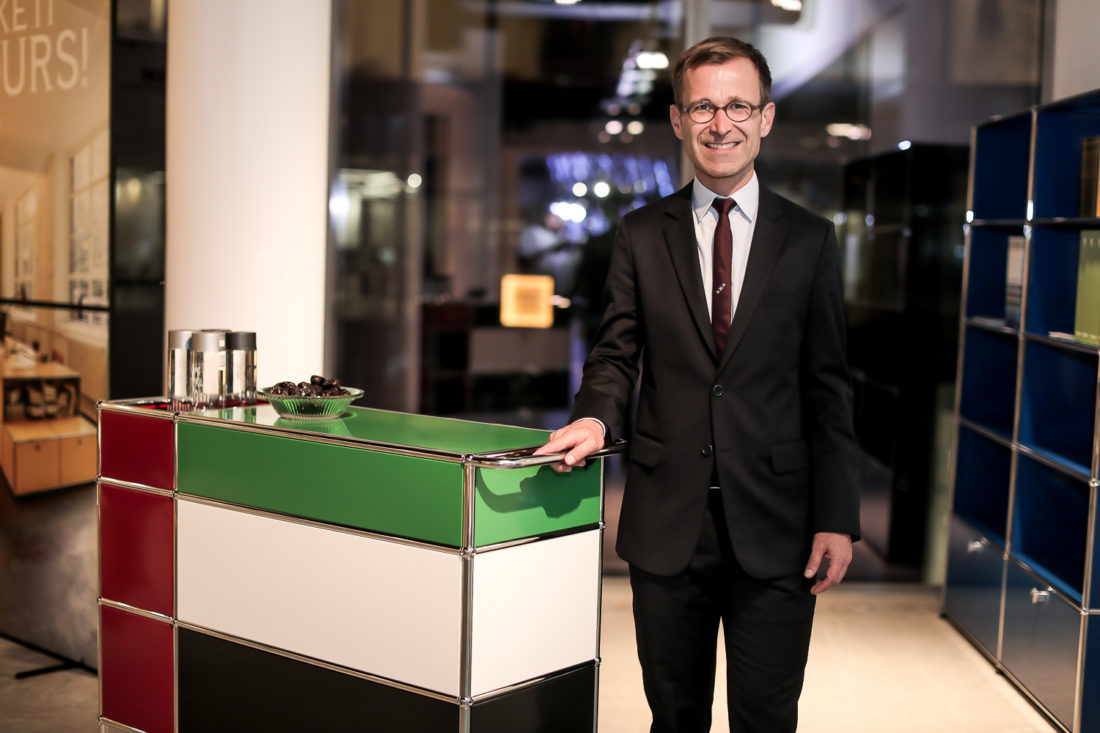
Designer and manufacturer of high-end modular furniture brand, USM has been working with UNStudio’s Futures team to explore the shifting boundaries between work and domesticity, now and in the future. USM also collaborated with WorkHouse last year. WorkHouse is a speculative laboratory where the invention and articulation of new models of work is explored and experimented with by participants. Based on this experience, the participants formulated new working models with the goal of finding out how the design will provide Y future solutions for new forms of organisation and the demands of the working world. Eric Berchtold, director Middle East & Africa, USM, says: “The office is often the place that an individual spends most of their time outside of the home. For this reason, it’s to the benefit of an employer to create a space that emulates the elements required for the health and wellbeing of each individual. An example of product development with the health of the user in mind is the USM Kitos Tables. Mechanically height adjustable, these tables are unique and faster than any other electrically adjustable table, allowing users to stand or sit depending on individual preference and encourage movement throughout the day.”
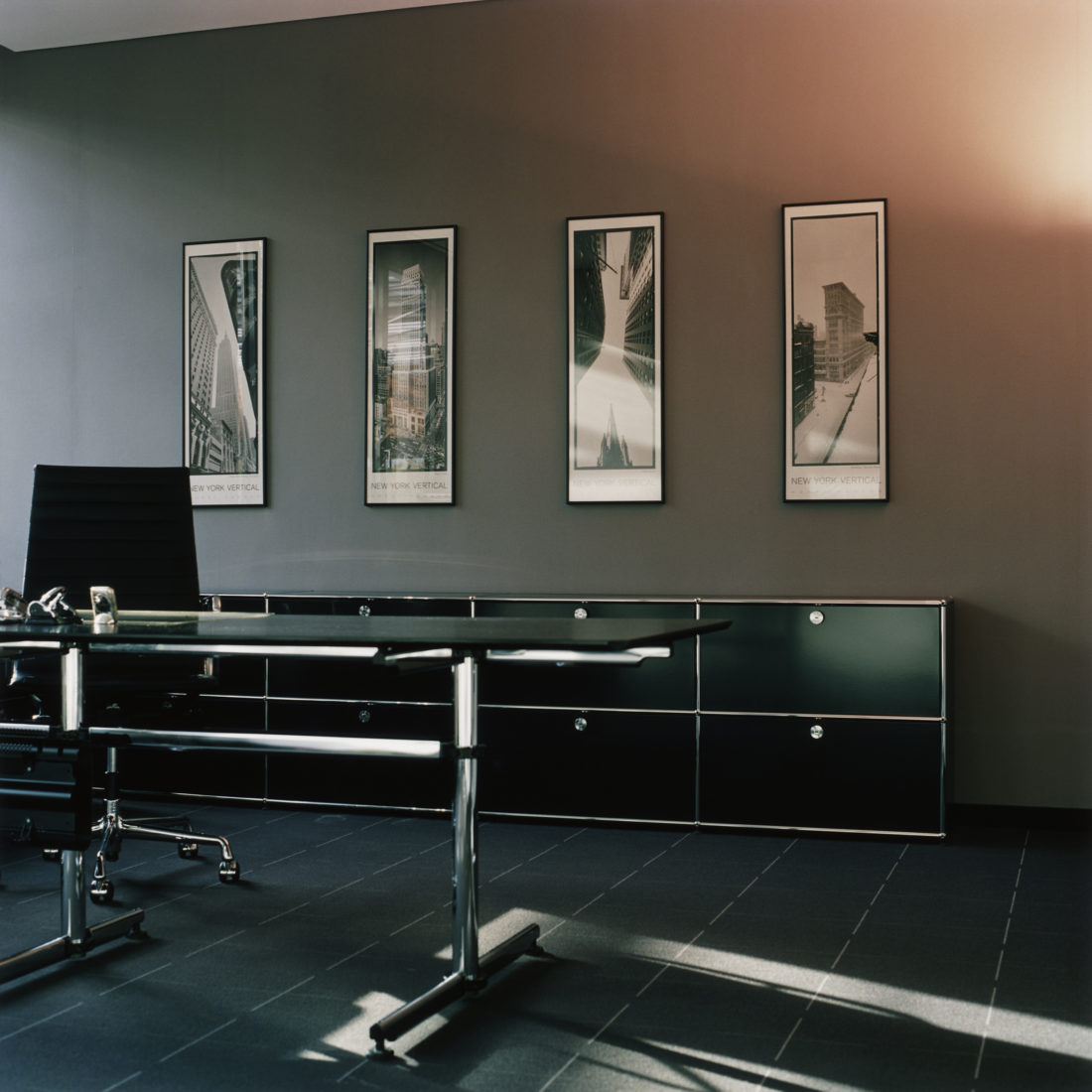
Headquartered in the UAE and a subsidiary of ASGC Group, ASI delivers turnkey fit-out solutions across the UAE. Dimitri Papakonstantinou, managing director at ASI shares his views: “There are some design trends that have proven their effectiveness and resulted in the well-being of employees. You can see that in real estate development, there is a focus on common areas, and it is the same inside the offices. Offices have more and more common areas where people can gather into work together or even individually, with the setting of these common areas are often more inviting. Plus, nowadays, elements that feel like “home” but with an awe effect are integrated into the workspace. The “home” effect is for employees to be comfortable; at the end of the day, employees spend most of their day in the office. The awe effect is to set a clear image of what the company is and stands for.”
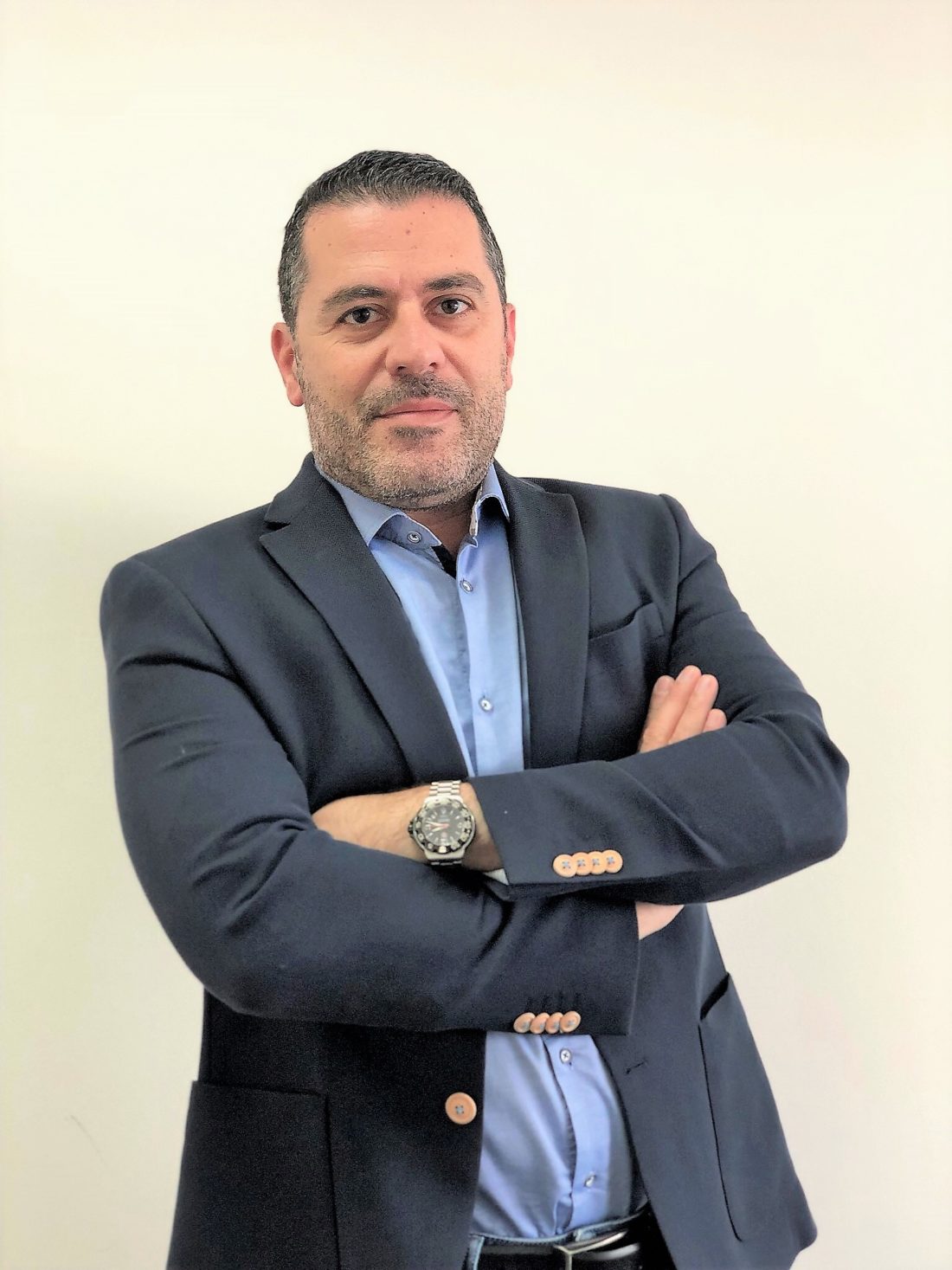
Workspace affects productivity
Productivity is no longer about sitting at your desk with your head down working all day. Research shows that sitting too much is harmful to our health and employers should be concerned about the health of their biggest asset: their employees. “Desks need to be in sync with our natural movements,” says Ali Maarrawi, general manager at OFIS, the UAE- based furniture and flooring solution provider. “If I want to stand, I should be able to stand and if I want to sit, I should be able to sit.” Desks today should be able to adjust to any height and conference tables should do the same since research also shows that standing meetings keep groups more engaged and less territorial than sitting meetings. Maarrawi further elaborates:
“Agile designs make more sense because it feels more comfortable for employees- a concept which is widely talked about by our furniture partner Steelcase. If you have a house, you go to the space designed for the task at hand instead of having to sit in one spot all day. This increases your movement and creates an agile environment where people have choices, more control, and power. We still need to conquer how to control distractions. You can’t control all distractions, but you can get up and move and that is a choice one needs to provide in an adaptive and innovative workspace.”
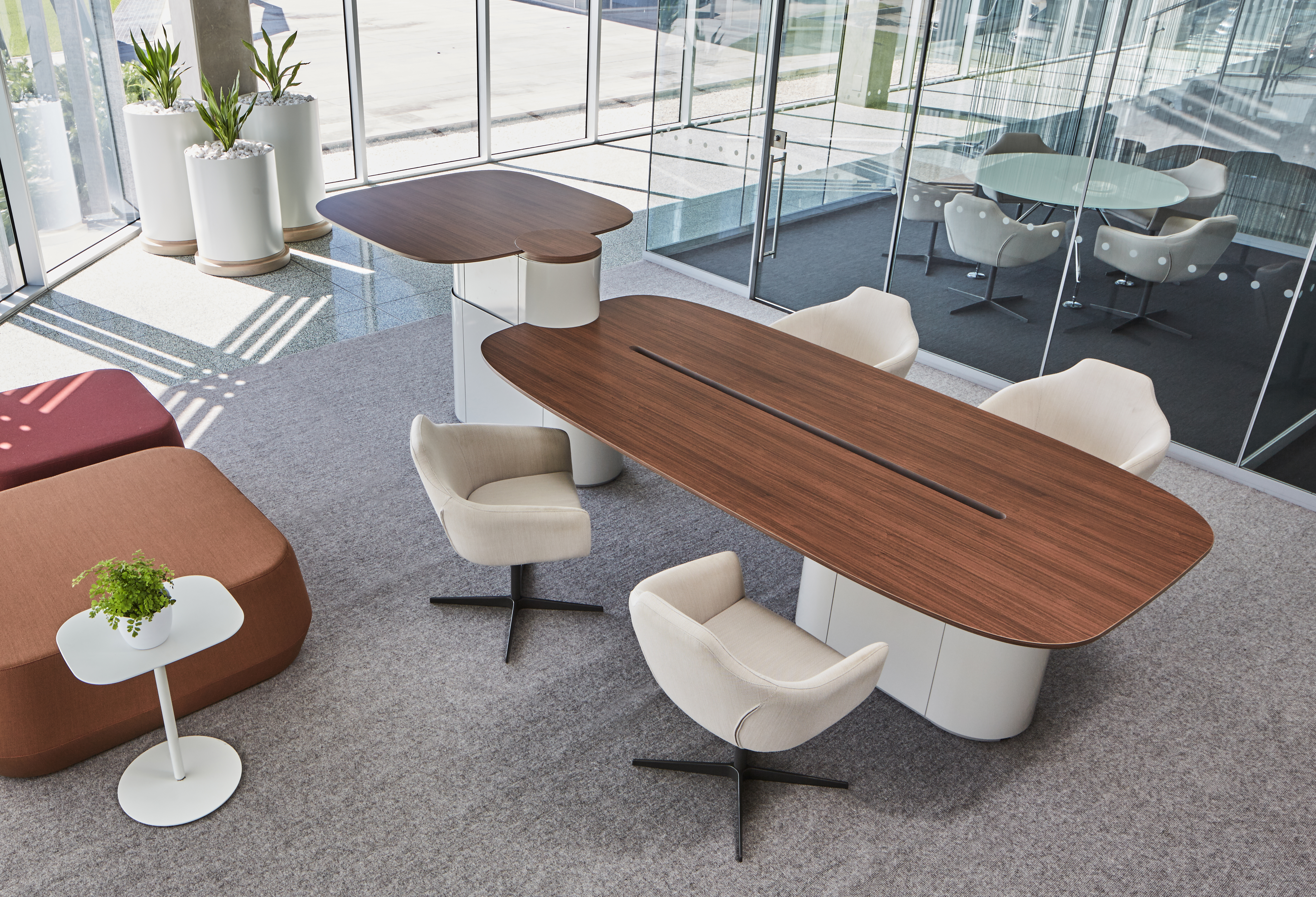
Omar Abdelghafour, founder at Light Space Design has worked on a lot of office projects in the region and internationally and feels that a workspace needs to evoke dynamic interaction. He goes on: “By doing so the productivity of the firm becomes impacted to such levels that the output can be significantly measured instead of simply a visual change. All this innovation in the workplace comes from the way in which the design of the space is used to breaking down both physical and hierarchy walls where a CEO sits next to analyst and the breakout area can be in the centre of the workspace. This innovation changes the past way of workplace interaction and has been proven to work in boosting tangible results in productivity and cross-department interaction.”
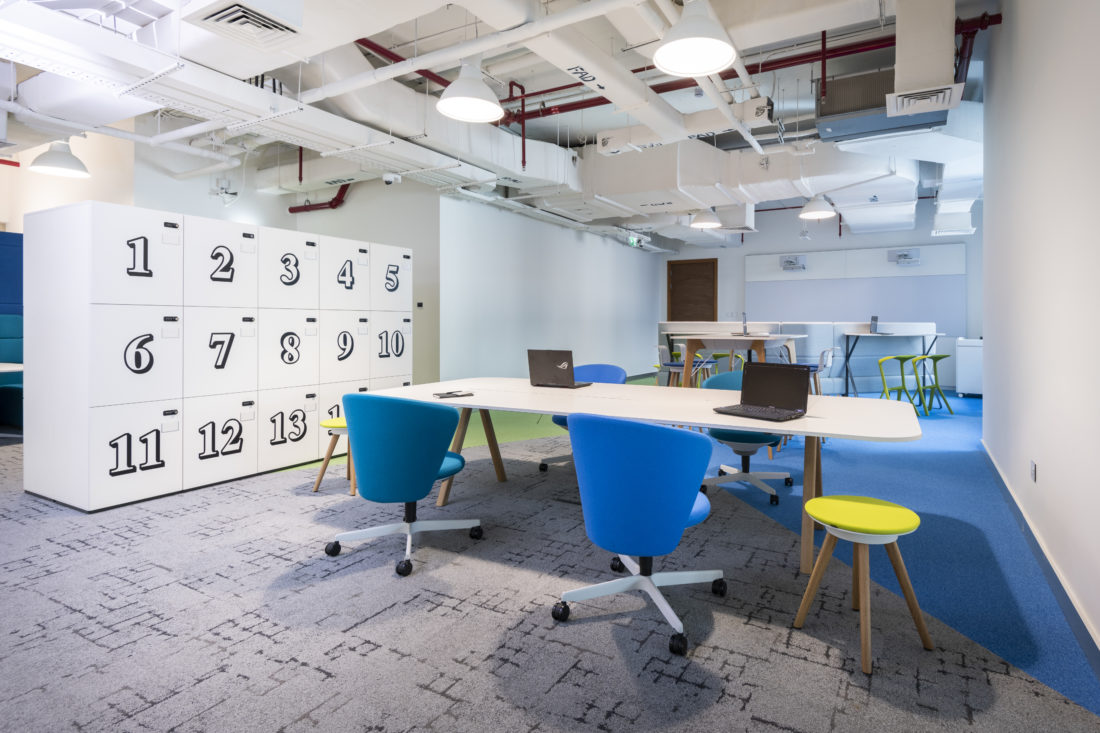
Engaging workspace with technology
Today’s smart offices are slowly but surely moving away from cubical segregation into a more open working environment. What is new is the introduction of privacy pods and nooks. This is a natural occurring trend to promote distraction free spaces for workers who just need to be in the zone for a while. It is really an organic mix of collaboration and personal space.
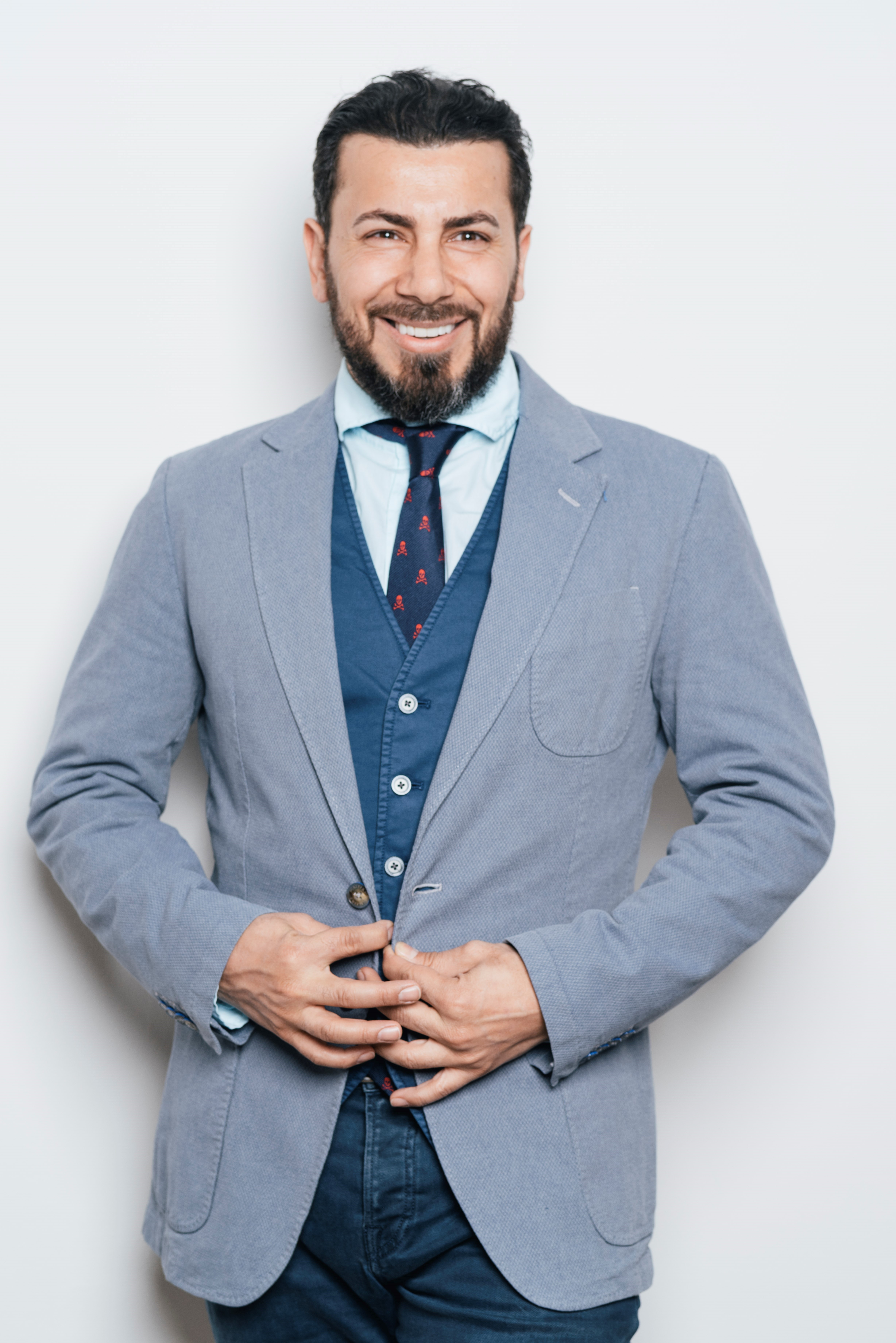
Maarrawi talks about the advancements: “With the popularity of open floor plans, it’s certainly important for people to have a sense of privacy. People need a space that they can go to make a conference or Skype call. It’s important to create those spaces and create a company culture that supports those spaces. Instead of the boring walls that usually put people to sleep, glass walls in the middle of a busy area can help keep the mind awake which are achieved with portable meeting spaces and phone booths.”
Laptops and smartphones have made the traditional desk less of a requirement and more of personal preference – with individuals now more able than ever to curate their ultimate workspace environment. Berchtold says: “Technologically advanced products help to support the workforce by complimenting their work style with elements that they need throughout the day. USM introduced electricity to its most iconic design with the launch of the USM Haller E. It took USM seven years to make sure to not only bring electricity to the structure in the most effective way but also deliver it without changing the principles of the iconic Haller System.” The new Haller E System delivers dimmable lamps in either warm, cool white or alternatively can accommodate USB chargers for mobile devices – ensuring that individuals can be connected at any time of the day. Imagine the ability to work and feel as if you were in a comfortable spa, with a laptop sipping tea, and looking at a view you could relax yet be productive.
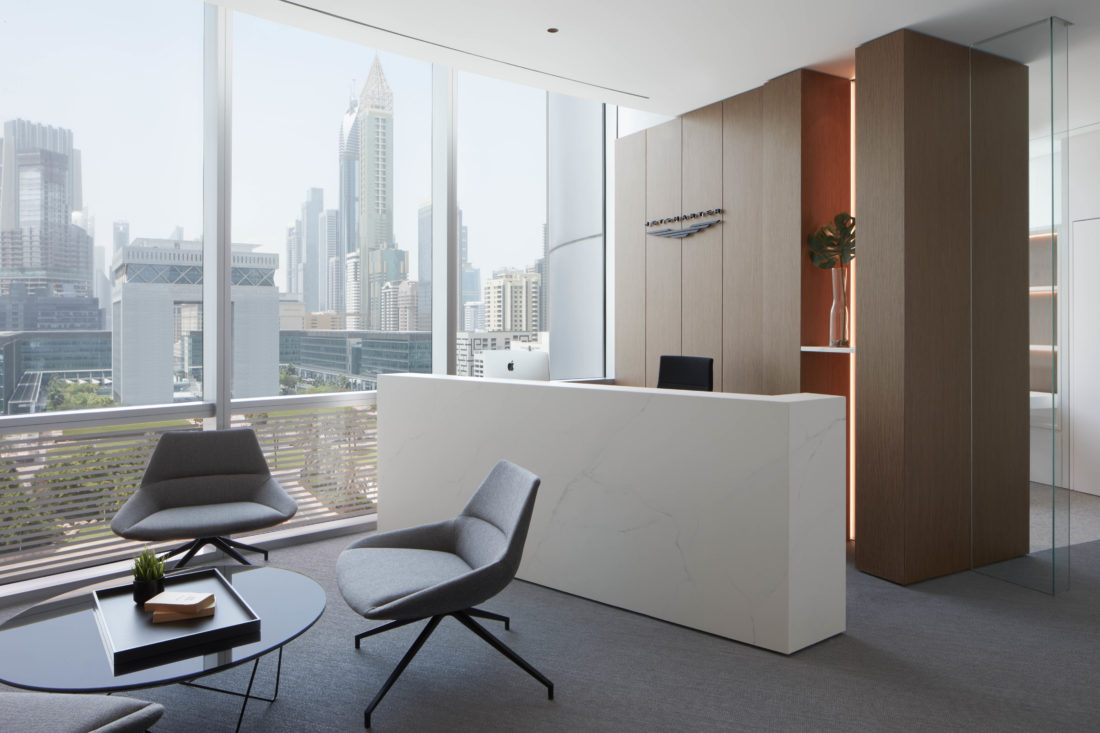
Abdelghafour believes that technology helps in uncluttering the spaces, “The way we have found when designing modern offices that technologically advanced products help firstly from a design point of uncluttering the workspace as less need for wires and clutter. A desk can be a screen, a charger, an internet portal. Meaningless devices and less clutter giving a far more zen spa feel to the office then what the stereotypical norm was.”
“Currently, delta lights are coming up with the fantastic invention in lighting both task and mood that give our designs the desired lighting feel. Vitra and techno are at the front of such innovation and we tend to integrate many of their product ranges when designing office spaces. Lately, katel have introduced a fantastic pavilion desking solution that is perfect for both open space, breakout, and meeting room solutions for our design language,” shares Abdelghafour. Convincing the clients!
This often depends on the culture of the company and awareness. Papakonstantinou explains: “To be honest, these concepts are not entirely new, so most clients should be aware of them. It is simply a matter of how much importance they place on them. It is important to note that incorporating some of these ideas and designs is not necessarily a costly exercise. We try to demonstrate this to our clients by showing them how the use of materials and design concepts can enhance their acoustics, light and general ‘feel’ of the workspace.”
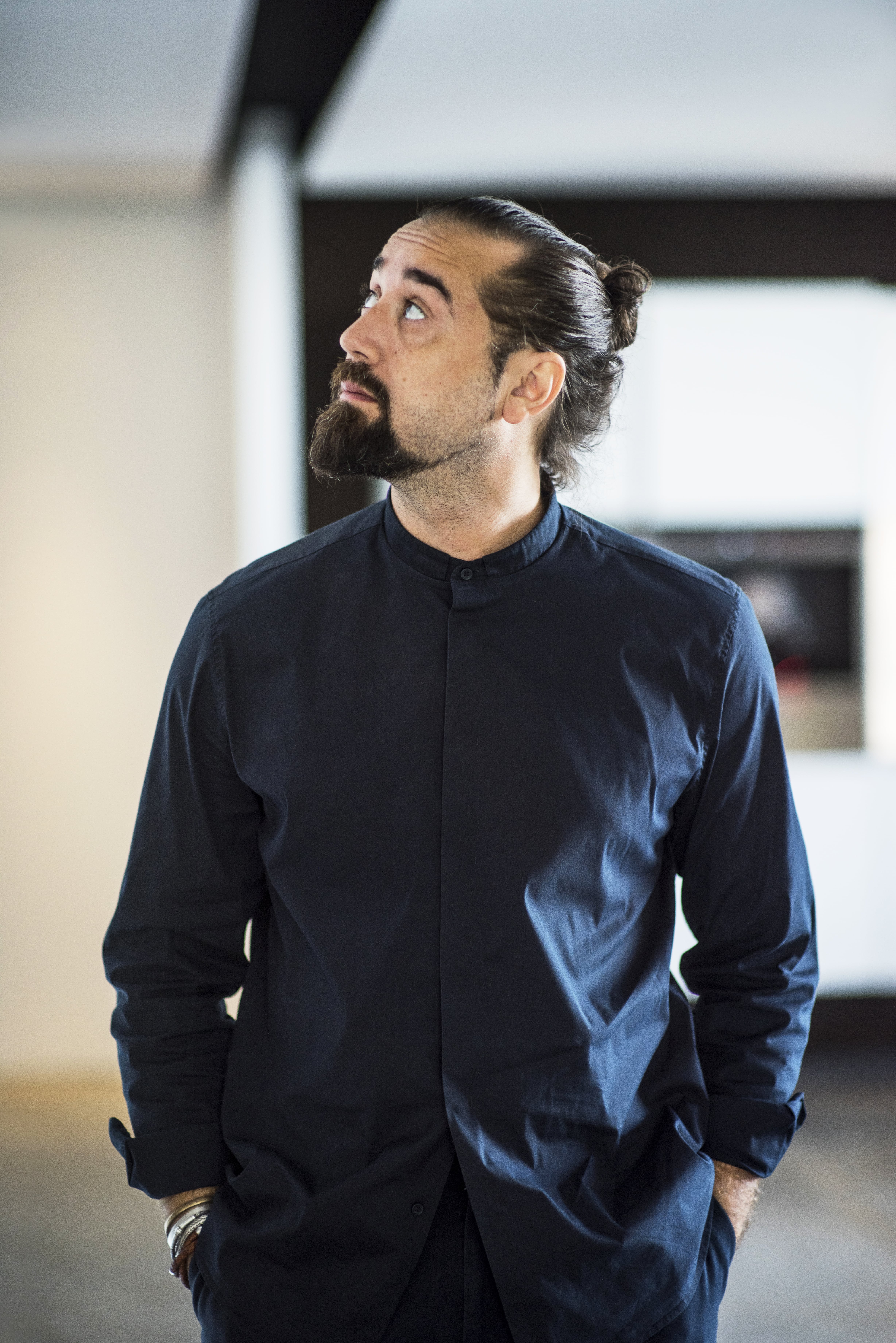
Abdelghafour says: “The reality is at first there is a push back as the management tend to be older and more set in their ways of how the hierarchy should conform too. However, once a flow diagram and a concept is produced, presented then understood. There is never a discussion as the numbers and ethos are sound. Inherently after all is done and completed within a week of operations, we are always praised for how the dynamic and productivity has completely changed.” Clearly, the goal of the designers is to create a workspace that supports and promotes the wellness of employees using innovative products, latest technologies, and delivering an environment that results in a free flow of movement and communication. There are means, hopefully, more and more clients and end-users demand for the right products and designs that spell wellness.





